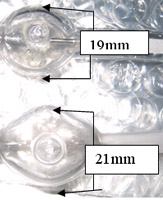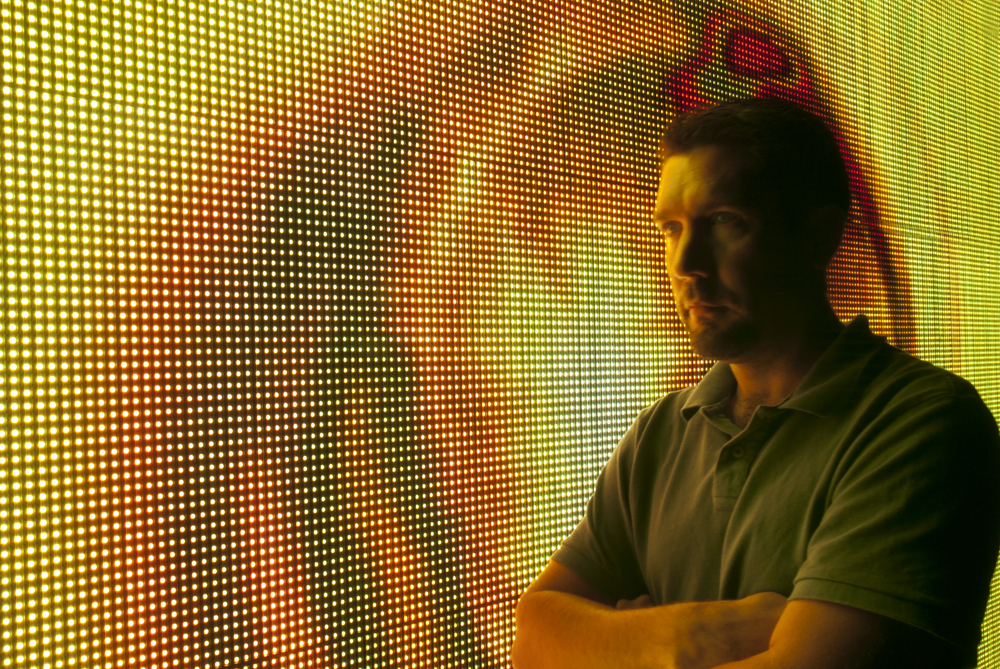Tech Talk: How to Choose the Right Lamp
Posted on December 28, 2010Written by Mike Graham, product manager for CHAUVET Professional
Most lighting manufacturers suggest using their recommended replacement lamps. A cheaper replacement might be tempting, but you may not be pleased with the results. A lot of research and development goes into producing a professional fixture long before it comes to you. Time is spent deciding on the colors, gobos, DMX layouts, among other crucial choices that determine a luminaire’s features and benefits.
1. It’s all about the lamp. One of the most important decisions manufacturers take is choosing the lamp the fixture will be designed around. Manufacturers pick colors based on the lamp’s color temperature in order to get the best color saturation. Discharge lamps usually burn between 5,600K and 7,000K depending on the brand and the wattage of the lamp. If, for instance, the color red is selected and is not saturated enough, it will appear pink. This goes for CMY color mixing as well. Too saturated – you’ve got the wrong color; not saturated enough – still the wrong color.
2. What if you use another manufacturer’s lamp? A lamp of a different brand should work just fine. Everything remains the same: the wattage, the temperature of the burn, the bulb size and the pins are the same. However, the lamps of a different brand have slight variations in the sizes of their bulbs – slightly larger or smaller – that can negatively affect the output colors or even cause the lamp base to break.
 Check out the photo at left to see why lamp choice is so important. These two lamps are double-ended 575W and are supposed to be interchangeable. However, since the bulb is different, it may cause damage to the light base or change the output.
Check out the photo at left to see why lamp choice is so important. These two lamps are double-ended 575W and are supposed to be interchangeable. However, since the bulb is different, it may cause damage to the light base or change the output.
As a rule of thumb, it is best to always use the lamp that the manufacturer recommends, knowing know you are going to get the optimal performance out of your investment.
